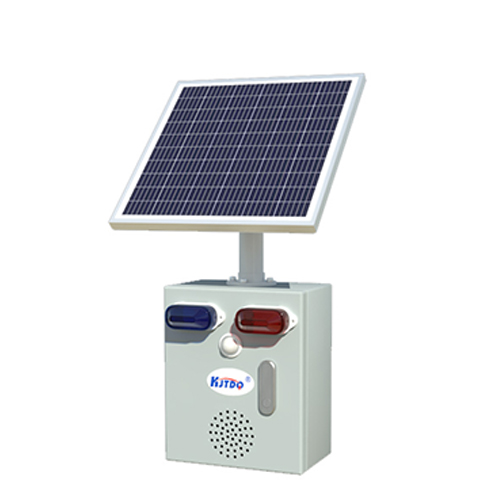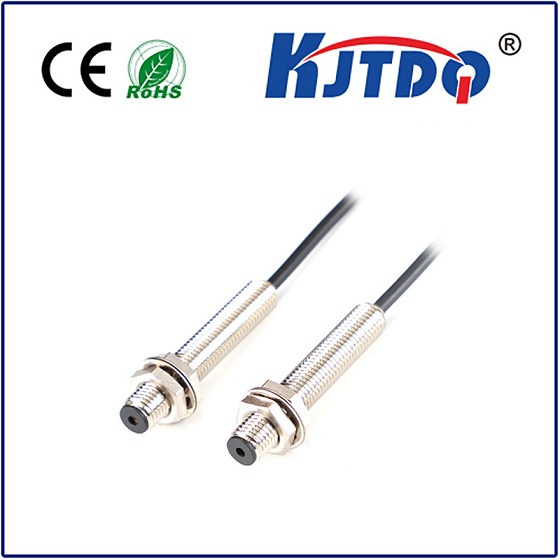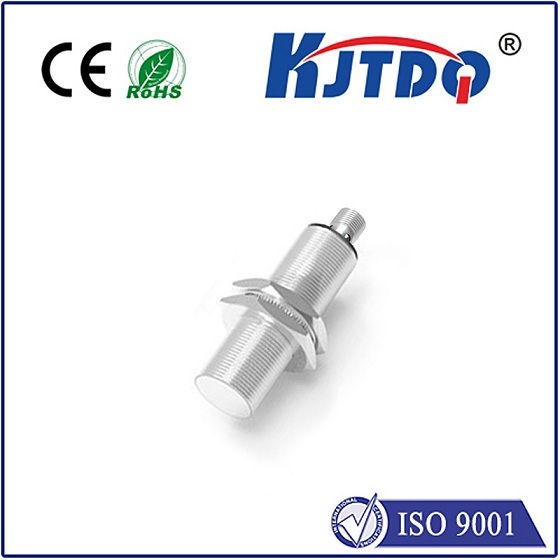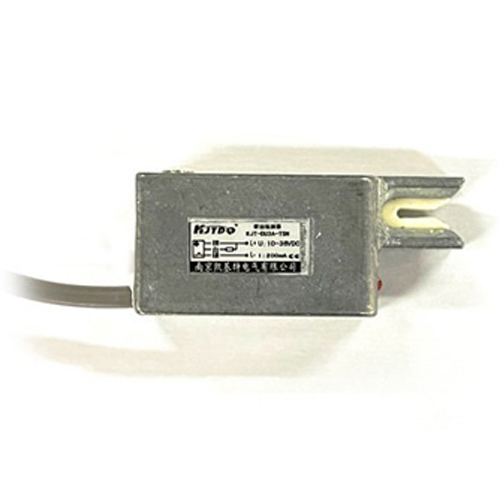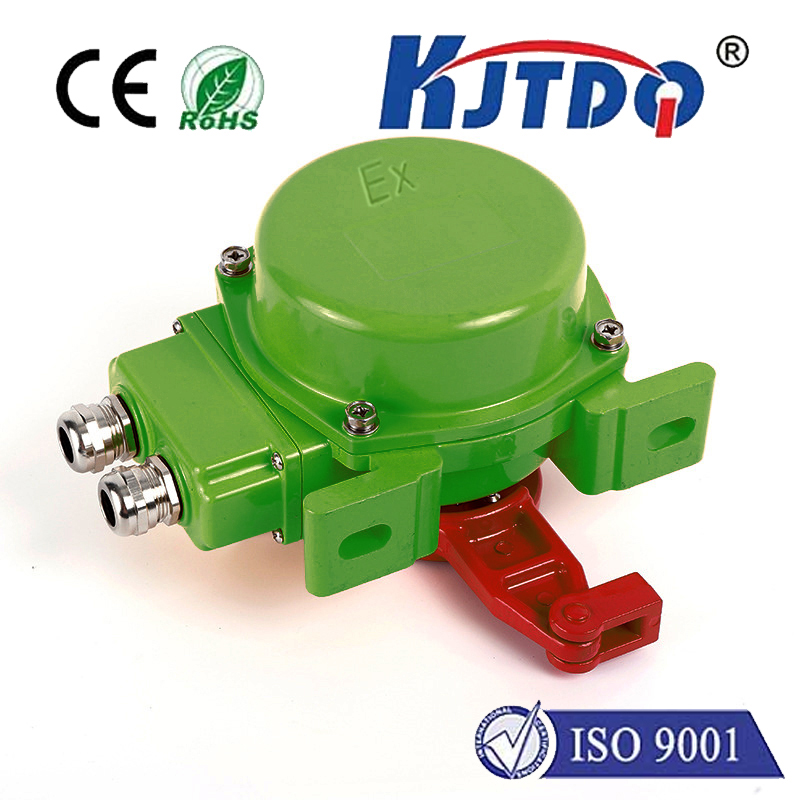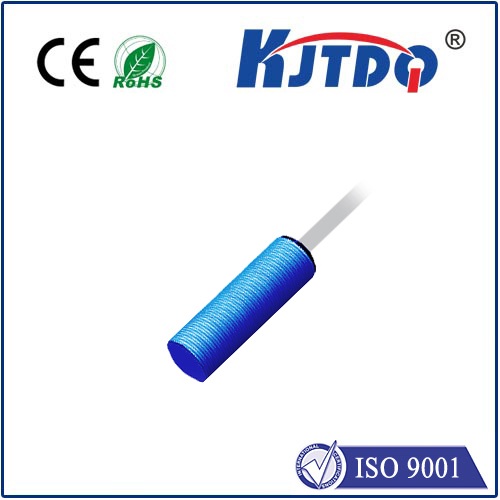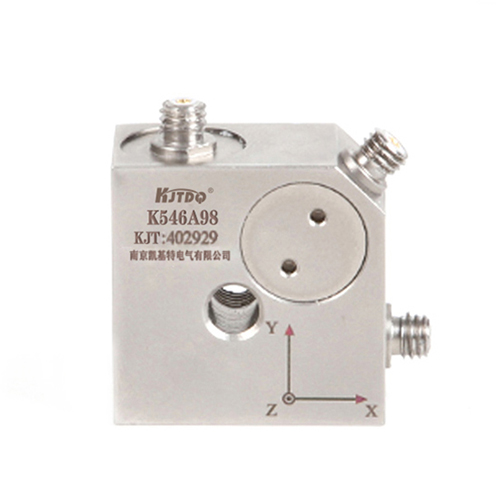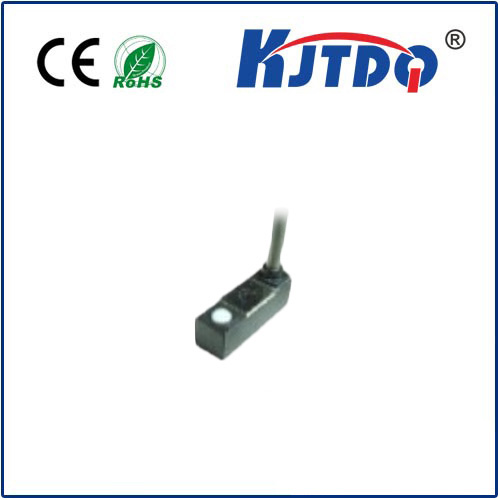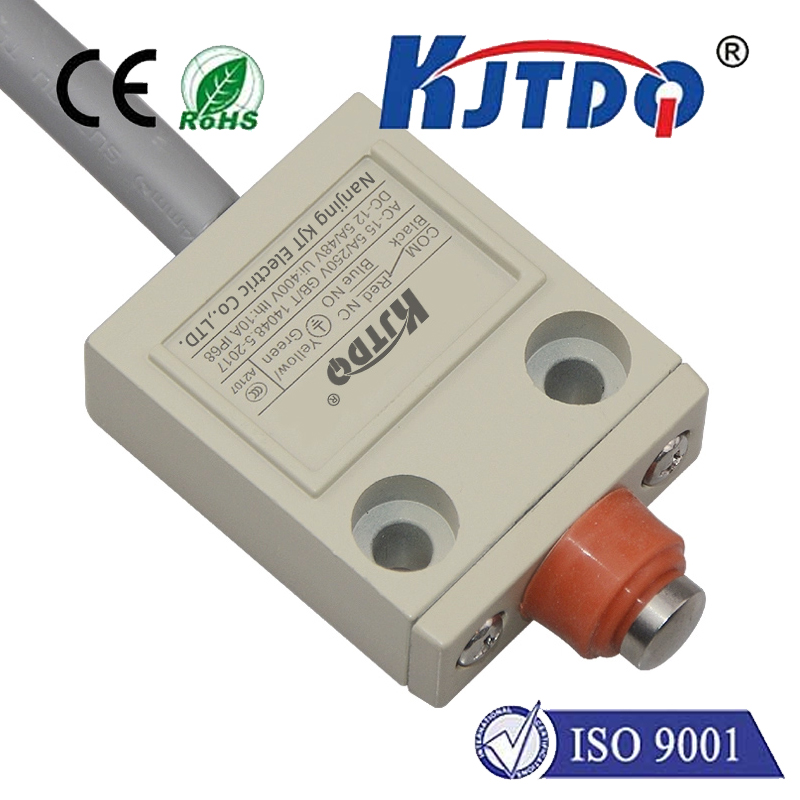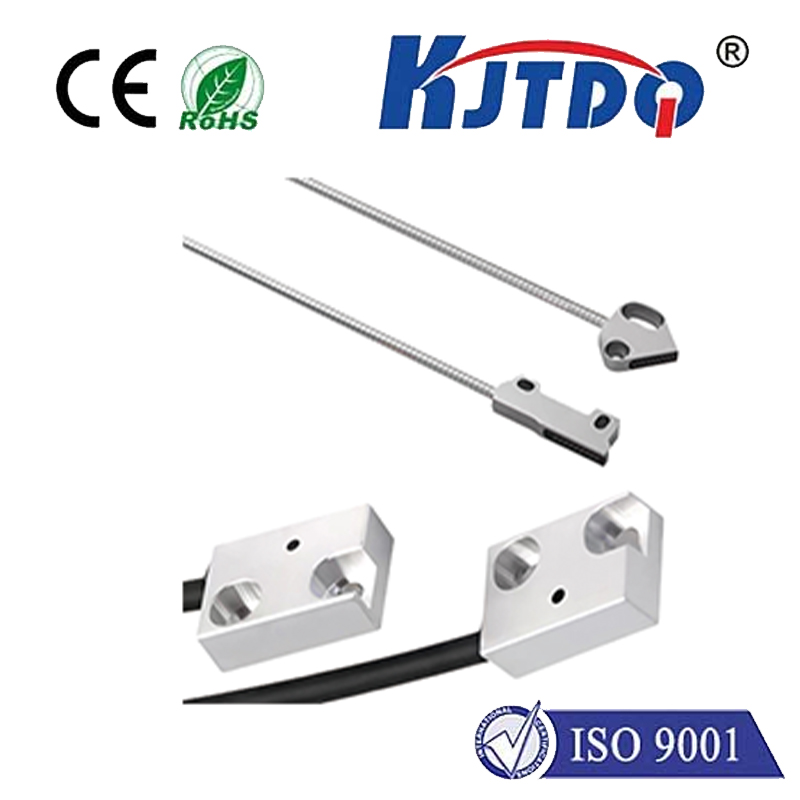proximity npn sensor
- time:2025-07-15 08:21:15
- Click:0
Proximity NPN Sensors: Your Guide to Robust, Non-Contact Detection
Imagine your car effortlessly maneuvering into a tight parking spot, sensors chirping as obstacles near. Or picture a towering robotic arm on a factory floor, assembling components with sub-millimeter precision, avoiding collisions. At the heart of such feats often lies a small, unassuming electronic sentinel: the proximity NPN sensor. Far more than just a component, this device is a cornerstone of industrial automation and countless applications where reliable, non-contact detection is paramount.
But what exactly is a proximity NPN sensor? Simply put, it’s a type of non-contact electronic sensor designed to detect the presence or absence of metallic objects (typically ferrous metals like iron or steel, though variants for non-ferrous metals exist) without any physical touch. The “NPN” designation specifically refers to the electrical output configuration of the sensor.
Demystifying the “NPN” in Proximity Sensors
The “NPN” label originates from the type of transistor used in the sensor’s output stage. Understanding this is crucial for integrating the sensor correctly into a control system, especially a Programmable Logic Controller (PLC):
- NPN Transistor: An NPN transistor acts like an electronic switch controlled by the sensor’s detection logic.
- Output Behavior: When the sensor does not detect a target, its NPN output transistor is in the “OFF” state (high impedance, essentially open circuit). When the sensor detects a target, its internal circuitry activates the NPN transistor, switching it “ON”. This creates a path for electrical current (load current) to flow from the connected load (like a PLC input) through the sensor’s output terminal and finally to the system ground (0V).
- Sinking Output: Because the active sensor “sinks” the current into its output terminal and down to ground, an NPN proximity sensor is often called a “sinking” output sensor.
Think of it like a drain: when active (detecting), it provides a low-resistance path to ground for current originating from the positive supply voltage connected to the load. This contrasts sharply with PNP sensors, which “source” current from their output when active.
How Proximity NPN Sensors Actually Work
Most proximity NPN sensors operate on the principle of electromagnetic induction:
- Oscillator: Inside the sensor face (the sensing surface), a high-frequency oscillator generates a constant alternating electromagnetic field.
- Disturbance Detection: When a metallic object (the “target”) enters this electromagnetic field, eddy currents are induced on the surface of the target. These eddy currents absorb energy from the oscillator circuit.
- Amplitude Drop: This absorption causes a measurable decrease in the amplitude of the oscillator’s signal.
- Triggering Circuit: The sensor’s internal circuitry continuously monitors the oscillator amplitude. Once the amplitude drop exceeds a predetermined threshold (indicating a target within the specified sensing range), the detection is confirmed.
- Output Switching: The sensor then activates its NPN output transistor, switching it on to signal detection by sinking current to ground. An LED indicator on the sensor typically lights up simultaneously.
Key Characteristics and Why They Matter
- Non-Contact Operation: The fundamental advantage. Eliminates mechanical wear and tear, ensures long operational life, and allows for high-speed detection of moving targets.
- Robustness: Designed for harsh industrial environments. Typically feature sealed enclosures (e.g., IP67, IP68 ratings) to withstand dust, moisture, oils, and vibration.
- High Switching Frequency: Can detect objects moving at high speeds, making them suitable for high-throughput production lines.
- Long Sensing Range (for inductive types): While range depends on coil size, target material, and sensor type, typical inductive proximity NPN sensors offer ranges from a few millimeters up to several centimeters (e.g., M8 sensors ~1-2mm, M30 sensors ~10-15mm).
- No Moving Parts: Increases reliability and reduces maintenance needs.
- Output Configuration Clarity: The NPN designation explicitly defines the current sinking behavior, critical for correct wiring to the control system (usually requiring a PLC input card designed for sinking inputs, where the PLC input provides the positive voltage supply, and the sensor pulls it down to ground when active).
- DC Power Operation: Most industrial proximity NPN sensors operate on standard DC voltage supplies, commonly 10-30V DC, simplifying power requirements.
Where Proximity NPN Sensors Shine: Core Applications
The robustness and reliability of inductive proximity NPN sensors make them indispensable across numerous sectors:
- Industrial Automation: This is their primary domain.
- Position Verification: Confirming a part is correctly placed on a fixture or reached its end position on a conveyor. (“Is the widget in the machining station?”)
- End-of-Stroke Detection: Sensing the position of pneumatic or hydraulic cylinders.
- Object Counting: Counting bottles on a line, boxes on a conveyor, or sheets of metal.
- Level Detection: Monitoring the presence/absence of material in bins or tanks (if metallic).
- Speed Monitoring: Detecting teeth on gears or notches on rotating shafts (Tachometry).
- Machine Safety: Used as part of safety circuits for guarding or detecting machine position states.
- Automotive Manufacturing: Ubiquitous on assembly lines for part positioning, robot guidance, and process verification.
- Packaging Machinery: Ensuring cartons are present, flaps are folded, and products are correctly positioned before sealing.
- Material Handling: Used on forklifts (forks aligned?), AGVs (navigation/obstacle detection?), and conveyor systems for pallet presence detection.
- Consumer Electronics: Inside appliances like dishwashers or washing machines to detect door closure or drum position.
Advantages of Choosing an NPN Output
Why select a proximity sensor with NPN output instead of the alternative PNP output?
- Global PLC Compatibility: While PNP sourcing outputs are standard in Europe, NPN proximity sensors are very common worldwide and are the traditional standard in areas like Japan and many North American systems. PLC input cards designed for sinking inputs (which expect a device like an NPN sensor to pull the input down to ground) are readily available everywhere.
- Simplicity in Certain Circuits: In some DC control logic circuits, the sinking nature can align intuitively with how relays or specific logic elements are wired.
- Safety Considerations (Specific Cases): In certain fail-safe oriented safety circuits, where an open circuit needs to indicate a “safe” state and a short circuit to ground (like an active NPN output) indicates a “danger” or “stop” condition, NPN sensors can be the preferred choice. However, safety applications demand certified safety sensors and careful design.
Selecting and Implementing Proximity NPN Sensors: Key Considerations
- Target Material: Standard inductive sensors primarily detect ferrous metals. For non-ferrous metals (aluminum, copper, brass), specific “non-ferrous” inductive sensors or capacitive sensors (for non-metallics) are needed.
- Sensing Distance: Choose a sensor with a rated sensing distance (
Sn) that comfortably exceeds the maximum gap between the sensor face and the target during operation. Account for installation tolerances. *Never operate at exactly the rated distance; use











